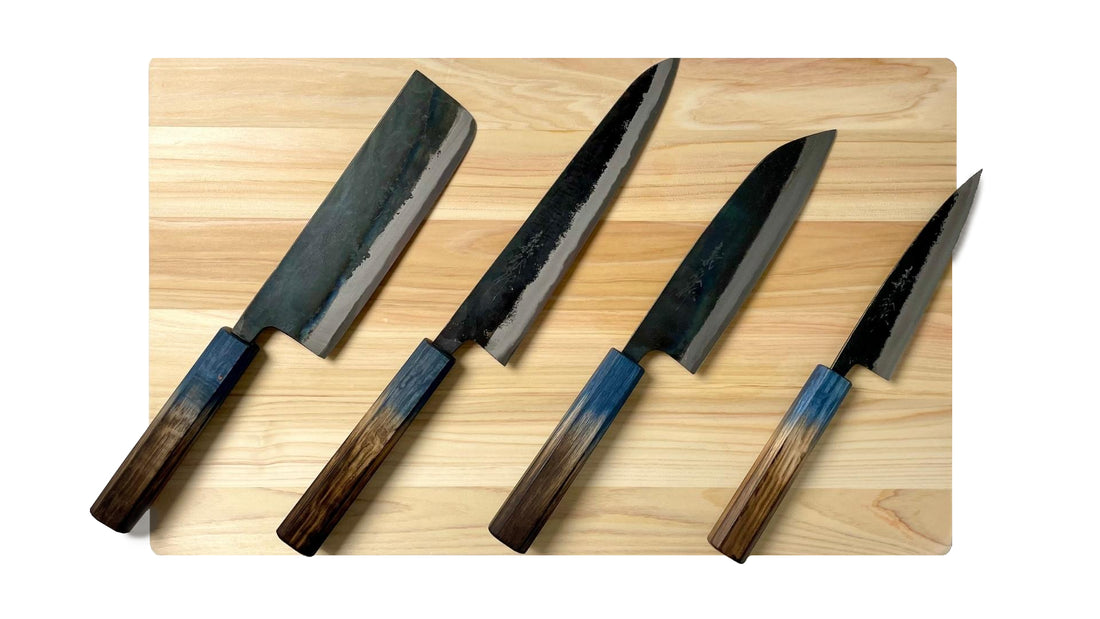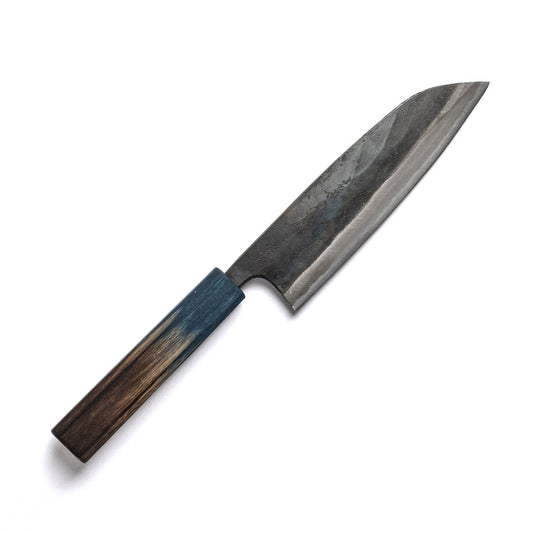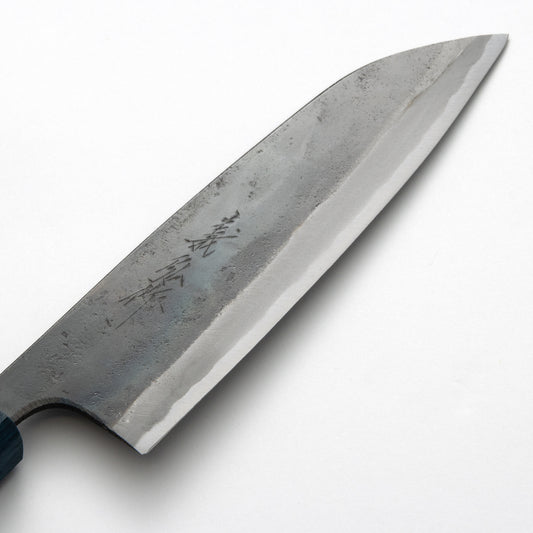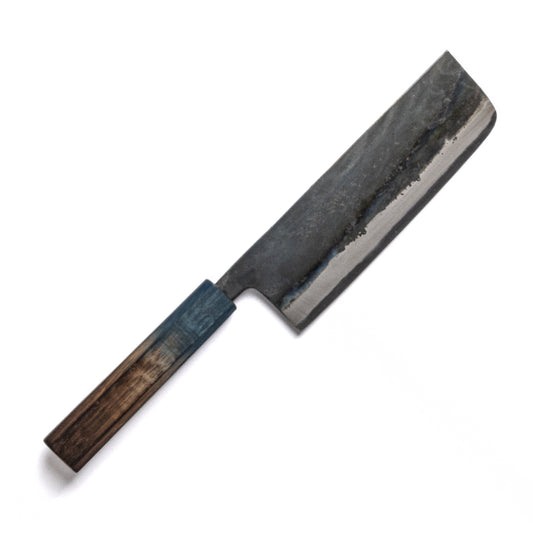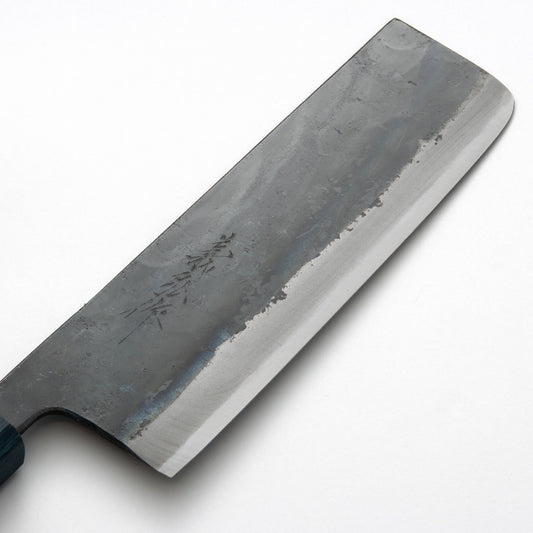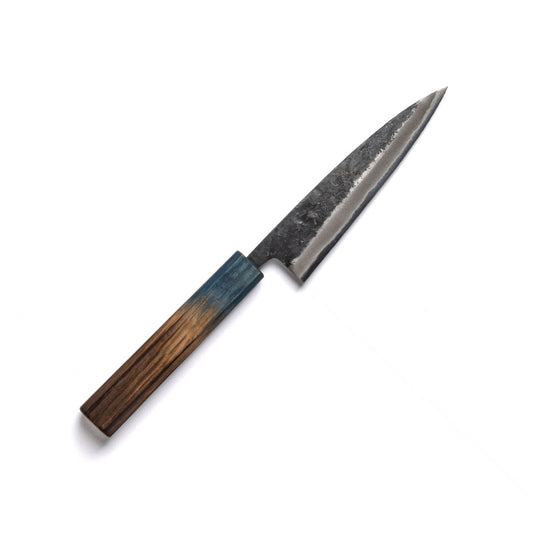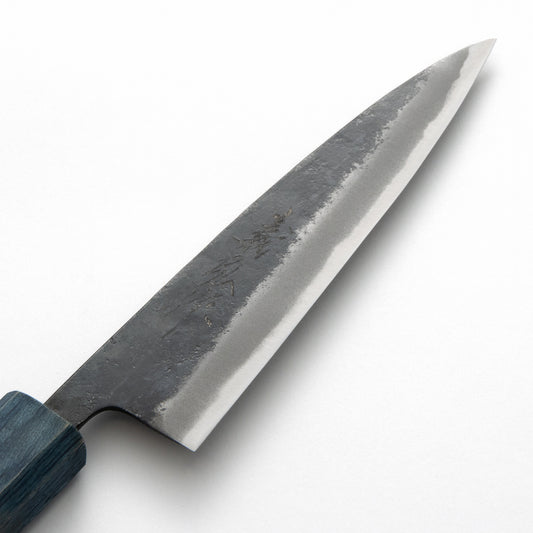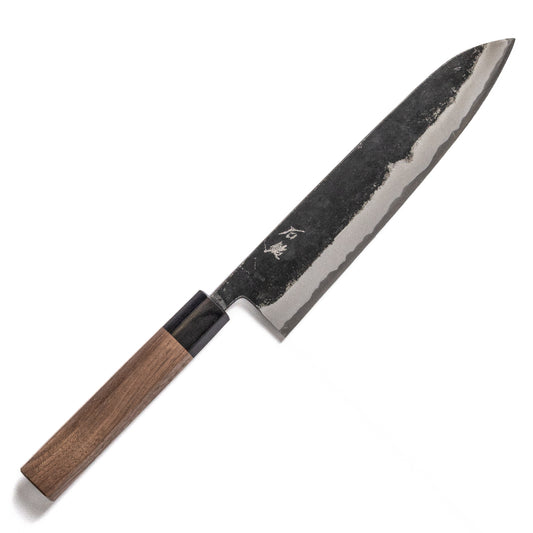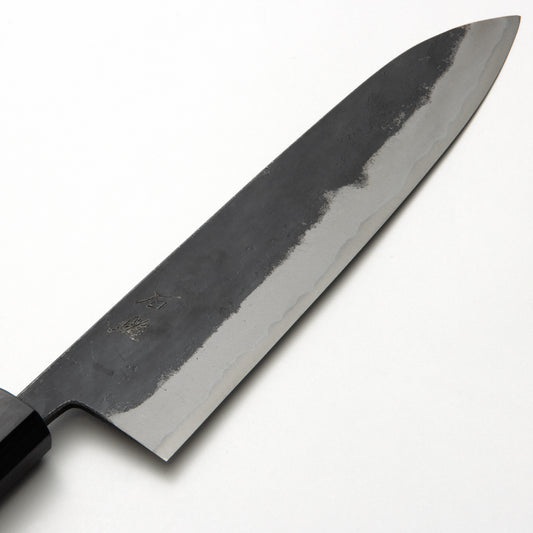In the bustling world of the kitchen, Japanese knives emerge as the maestros, orchestrating the symphony of culinary creations. These finely crafted blades, renowned for their precision and artistry, deserve more than just occasional attention. While sharpening undoubtedly enhances their cutting prowess, the secret to keeping your Japanese knives in prime condition lies in maintaining the everyday care of your tools.
In this guide, we delve into the blend of simple and advanced methods that empower you to preserve the brilliance of your knives with ease.
Contents
Everyday Methods: Quick and Easy Tips

When it comes to maintaining your Japanese knives, some everyday practices can go a long way in ensuring their longevity and performance. Here are some key tips:
1. Choose the Right Cutting Surface: Select cutting boards made from wood or plastic. These materials are gentler on the blade compared to hard surfaces like glass or stone, reducing the risk of premature dulling.
2. Hand Washing: After each use, give your knife a gentle hand wash using mild soap and warm water. Avoid abrasive scrubbers that can damage the blade's finish.
3. Immediate Drying: Once washed, make sure to dry your knife immediately with a clean towel. This prevents moisture from lingering on the blade, which can lead to rust.
4. Avoid the Dishwasher: While it might be tempting to toss your knife into the dishwasher, it's best to avoid it. The harsh conditions and potential collisions with other items can cause damage to the blade.
Protection and Storage: Safeguarding Your Blade

After each cooking session, it's essential to store your Japanese knife properly. Here's how best to keep your cutlery in top condition:
5. Magnetic Knife Strip or Knife Block: Invest in a magnetic knife strip or a knife block to keep your knives organized and protected. These storage solutions prevent contact between the blade and other utensils, reducing the risk of nicks and dings.
6. Blade Guards: If you need to transport your knife or store it in a drawer, consider using blade guards. These protective covers shield the edge from potential damage.
If you would like to learn more about knife sharpening, or would like to try sharpening your Japanese knives yourself, you can check out our blog with 4 knife sharpening recommendations.
In Conclusion
By incorporating these simple practices into your daily routine, you not only extend the life of your Japanese knives but also maintain their performance at its peak. Each slice becomes a testament to your care and dedication, enhancing the flavors and artistry of every dish you create.
Remember, maintaining the gleam of your Japanese knives is a journey of culinary respect and craftsmanship, yielding a symphony of flavors with every chop, slice, and dice.


